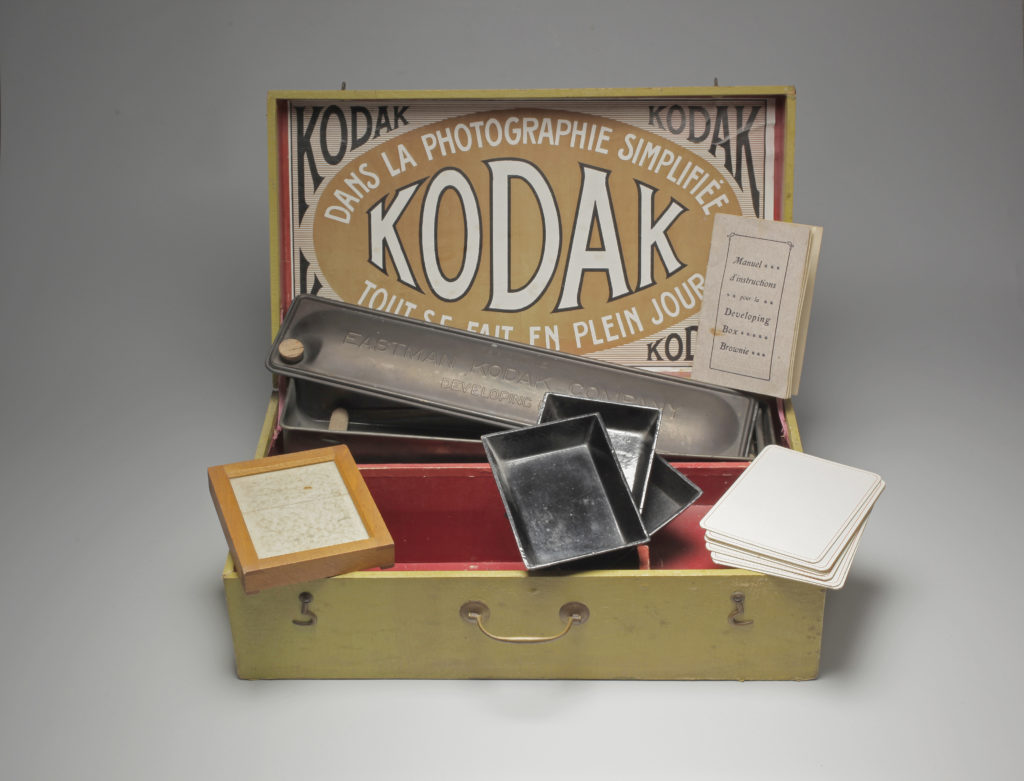Kodaks for everyone
One of the main driving principles behind the world-famous Kodak brand was founder George Eastman’s desire to simplify and popularize photography. After the launch of its first camera in 1888, the company released a large number and wide variety of products.
Conscious of the economic benefits to be derived from the growth in the amateur photography market, Eastman set up a genuine marketing project ahead of his time. Through the diversity of cameras sold and intensive advertising campaigns, he attempted to reach all potential users, and did not hesitate to target new audiences, such as women and children.
In the space of a few years, Kodak produced dozens of different models in order to meet all the amateurs’ needs. As part of its drive to popularize photography, the company made its products more and more affordable, eventually selling one camera, the Brownie, for just 1 dollar.
Kodak’s success enabled the company to retain a position of virtual monopoly for many years. Other giants of the photography industry such as Zeiss only began to grow much later, during the 1920s. The word Kodak was even used in the vernacular for a while, as a term referring to any camera.


